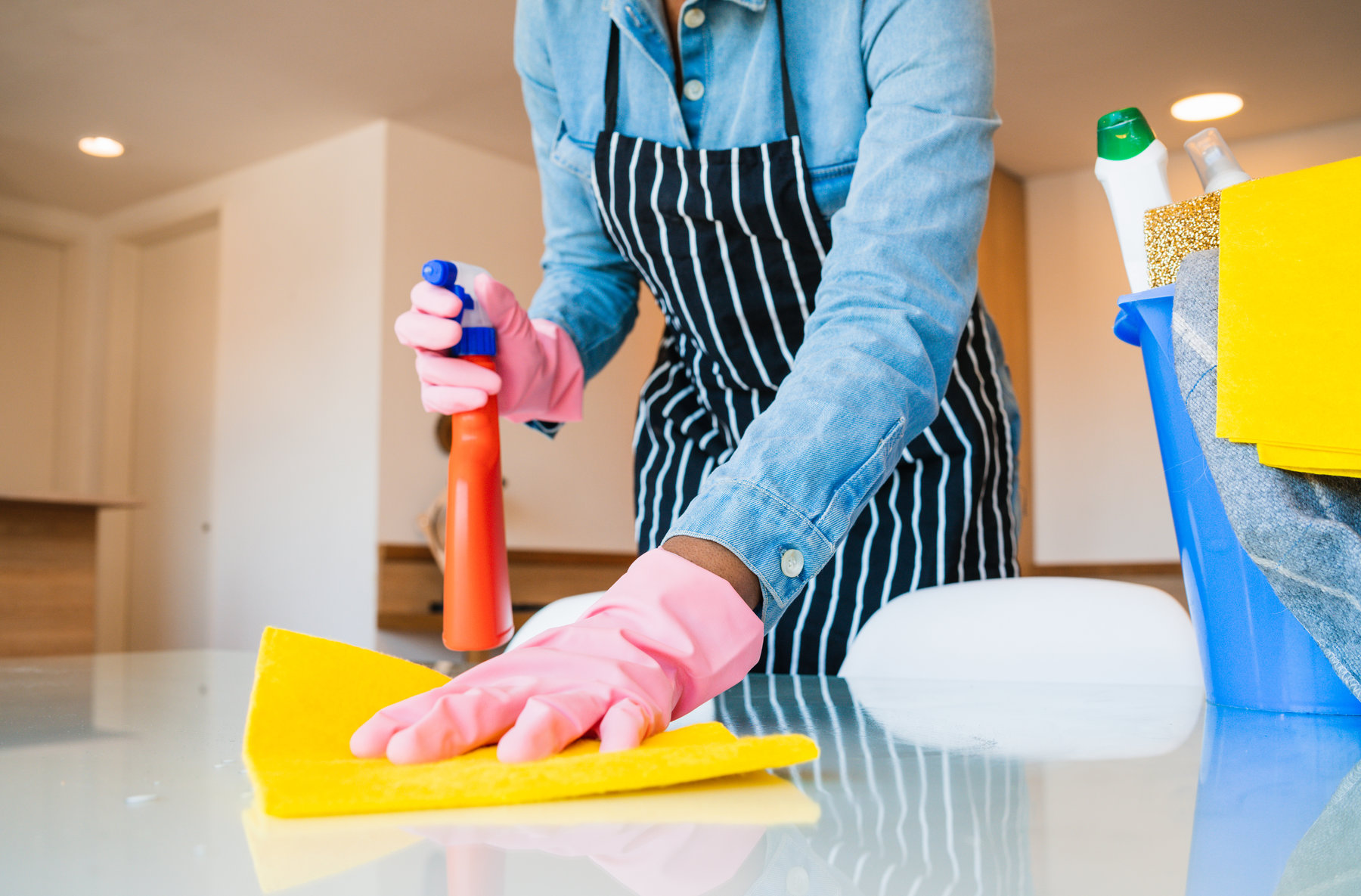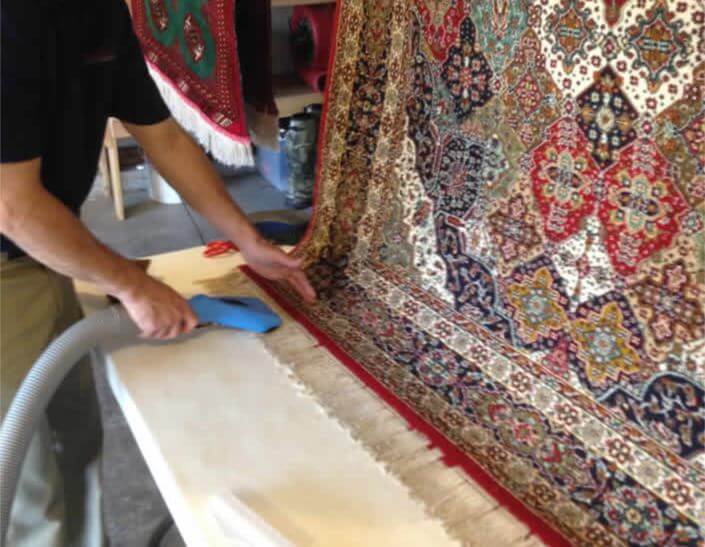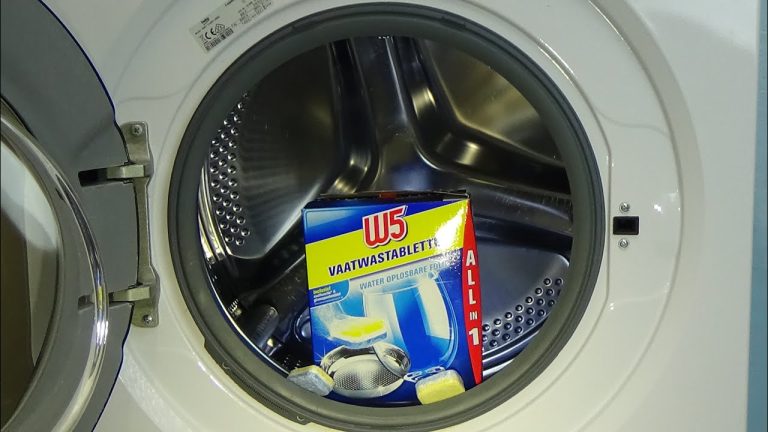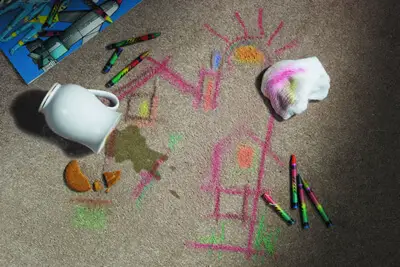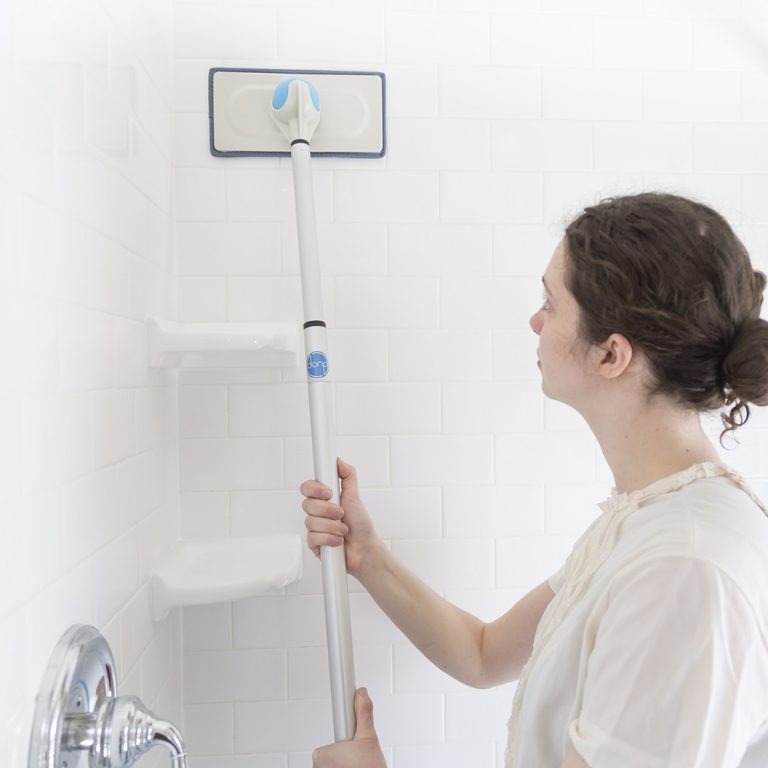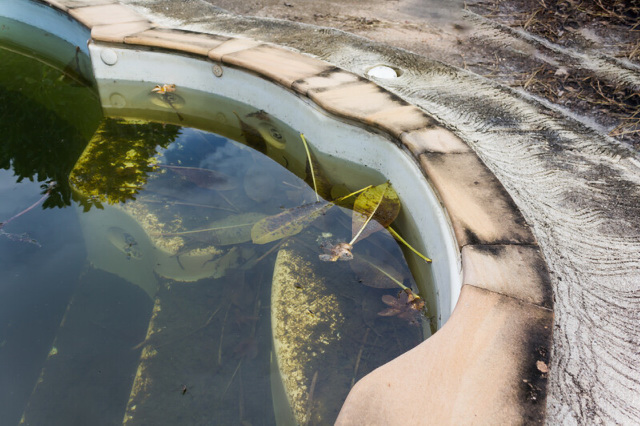How to Make Your Home Germ Free
No one likes to think about the germs that are lurking in their home. But the truth is, they are there! From the kitchen to the bathroom, germs can be found just about anywhere.
The good news is that there are some simple things you can do to help keep your home germ free.
- Wash your hands regularly and often, especially before you eat or prepare food, after using the restroom, and after handling pets
- Clean all surfaces in your home regularly
- This includes countertops, floors, doorknobs, light switches, remote controls, phones, keyboards, toilets, faucets, and sinks
- Use a disinfectant cleaner or wipes on hard surfaces; diluted bleach solutions work well on non-porous surfaces like countertops and doorknobs
- Be sure to follow the directions on the label of any cleaning products you use
- Launder bedding and clothing frequently
- Your bedsheets should be washed at least once a week in hot water to kill any dust mites or other allergens that may be lurking there
- Clothing worn close to the body should also be laundered frequently; consider wearing garments more than once between washings if possible
- Keep your home ventilated
- Open windows when weather permits to let fresh air into your home; this will help reduce mold and mildew growth indoors
- Use exhaust fans in the kitchen and bathroom to remove moisture from these areas as well
- Store food properly
- Refrigerate perishables as soon as you bring them home from the grocery store , and make sure your fridge is set below 40 degrees Fahrenheit
- Freezing meat and poultry is another way to extend its shelf life ; most items will stay fresh for two to six months when stored properly in a freezer
How to Get Rid of Germs in the House
We all know how important it is to keep our homes clean and free of germs. But sometimes, no matter how hard we try, those pesky germs just seem to hang around. If you’re looking for ways to get rid of germs in your home, here are a few tips that may help:
- First, identify the areas in your home where germs tend to congregate. These are typically places where there is a lot of foot traffic or where food is prepared. Some common hotspots for germs include door handles, light switches, countertops, and sinks. Once you’ve identified these areas, make sure to clean them regularly with a disinfectant cleaner.
- In addition to regular cleaning, you should also focus on sanitizing high-touch surfaces like doorknobs, remote controls, and phones on a daily basis. This will help reduce the spread of germs throughout your home.
- Make sure everyone in the family is on board with your germ-fighting efforts by washing their hands properly and often. Handwashing is one of the most effective ways to reduce the spread of illness-causing bacteria and viruses. Teach kids how to wash their hands properly (for at least 20 seconds) using soap and water. And make sure everyone in the family knows when it’s appropriate to use hand sanitizer (when they can’t get to a sink).
- One final tip for keeping your home germ-free is to encourage everyone in the family to cough or sneeze into their elbow instead of their hands .
This will help prevent any respiratory droplets from spreading around your home . With these tips , you canhelp keep those pesky germs at bay !

Credit: www.signaturemaids.com
How Can I Naturally Sanitize My Home?
One of the best ways to naturally sanitize your home is to use a mixture of water and vinegar. Vinegar is a natural disinfectant that can kill many types of bacteria, including E. coli and Staphylococcus. To make a cleaning solution, mix one part water with one part vinegar in a spray bottle.
You can use this solution to clean countertops, floors, toilets and other surfaces in your home.
What Carries the Most Germs in a House?
There are many things in our homes that carry germs, but some objects are germ hot spots. Here are the top five places that carry the most germs in your home:
- Doorknobs and light switches – We touch these surfaces multiple times a day and they are often not cleaned on a regular basis. Over time, all of the dirt, dust and grime that we deposit on them can create a breeding ground for bacteria and other microbes.
- Remote controls – Just like doorknobs and light switches, remote controls are another common touch point in our homes that we don’t always think to clean. They can easily become covered in Germs since we often use them while eating or watching television.
- Kitchen sink – The kitchen sink is one of the germiest places in our homes because it is where we wash dirty dishes and prepare food. It is important to clean this area regularly with hot soapy water or a disinfectant cleaner to prevent cross contamination.
- Bathroom faucets – Bathroom faucets are another hotspot for Germs since they frequently come into contact with body fluids like saliva and sweat. Make sure to wipe them down with a disinfectant wipe after each use to prevent the spread of illness-causing microbes.
- Toothbrush holder – The toothbrush holder is often overlooked when cleaning the bathroom, but it can be full of germs if it isn’t cleaned properly.
Cleaning tips to help keep your home germ-free | Today Show Australia
Conclusion
Making your home germ-free is important for the health of your family. There are a few simple steps you can take to make sure your home is as clean as possible. First, wash your hands regularly and often.
This will help to remove any germs that you may have picked up during the day. Second, use disinfectant wipes or sprays to clean surfaces in your home that are commonly used, such as doorknobs, light switches, and countertops. Third, make sure to keep food preparation areas clean by washing them with hot soapy water after each use.
Fourth, if someone in your household is sick, be sure to disinfect their room and any shared spaces in the house. By taking these simple steps, you can help to keep your family healthy and reduce the spread of illness in your home.

